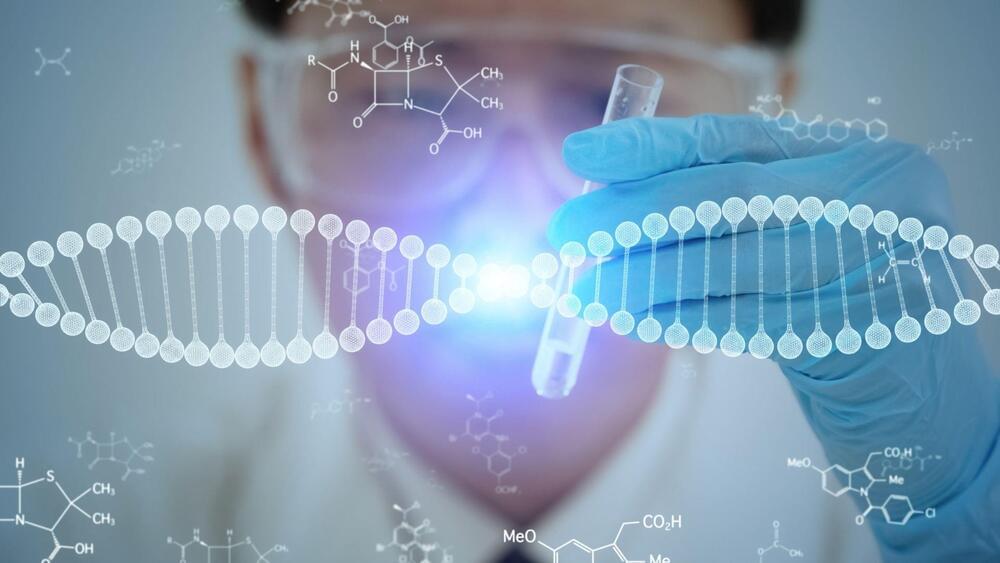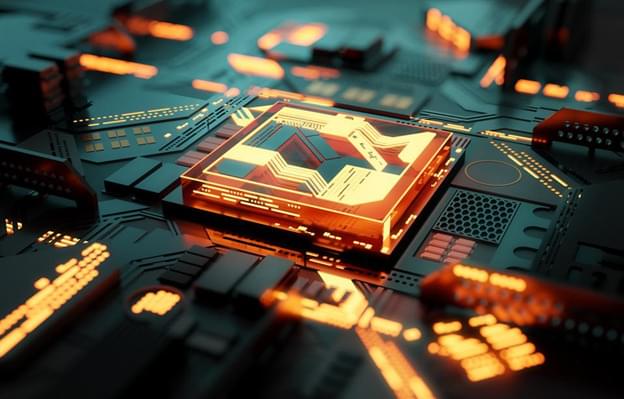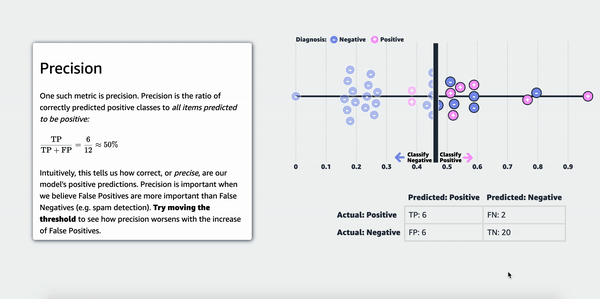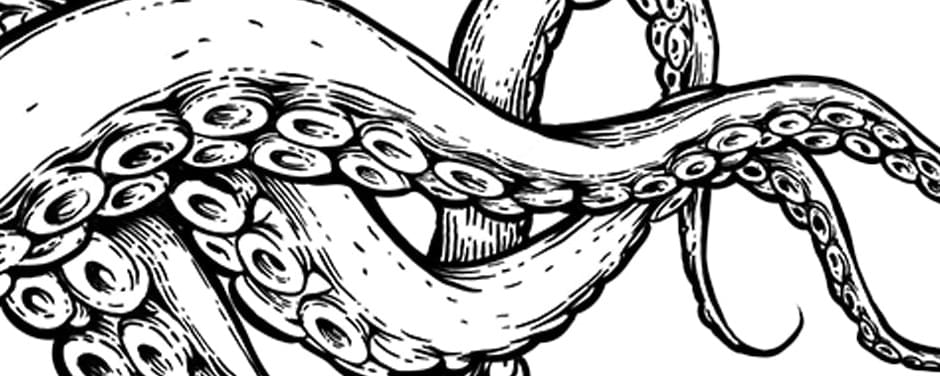It turns out there are many ways of “doing” intelligence, and this is evident even in the apes and monkeys who perch close to us on the evolutionary tree. This awareness takes on a whole new character when we think about those non-human intelligences which are very different to us. Because there are other highly evolved, intelligent, and boisterous creatures on this planet that are so distant and so different from us that researchers consider them to be the closest things to aliens we have ever encountered: cephalopods.
Cephalopods—the family of creatures which contains octopuses, squids, and cuttlefish—are one of nature’s most intriguing creations. They are all soft-bodied, containing no skeleton, only a hardened beak. They are aquatic, although they can survive for some time in the air; some are even capable of short flight, propelled by the same jets of water that move them through the ocean. They do strange things with their limbs. And they are highly intelligent, easily the most intelligent of the invertebrates, by any measure.
Octopuses in particular seem to enjoy demonstrating their intelligence when we try to capture, detain, or study them. In zoos and aquariums they are notorious for their indefatigable and often successful attempts at escape. A New Zealand octopus named Inky made headlines around the world when he escaped from the National Aquarium in Napier by climbing through his tank’s overflow valve, scampering eight feet across the floor, and sliding down a narrow, 106-foot drainpipe into the ocean. At another aquarium near Dunedin, an octopus called Sid made so many escape attempts, including hiding in buckets, opening doors, and climbing stairs, that he was eventually released into the ocean. They’ve also been accused of flooding aquariums and stealing fish from other tanks: Such tales go back to some of the first octopuses kept in captivity in Britain in the 19th century and are still being repeated today.








